| The tailpiece is an important piece of the mandolin, fixed to the tail-block inside the instrument, it allows the secure attachment of strings. There are various types and methods of doing this, initially with pegs, and later with a single detachable piece, either with or without a built-in sleeve guard, and using either posts or hooks to retain the strings. | |||
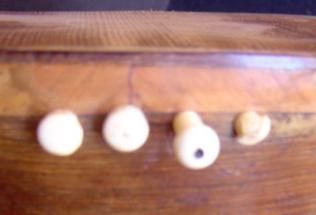
|
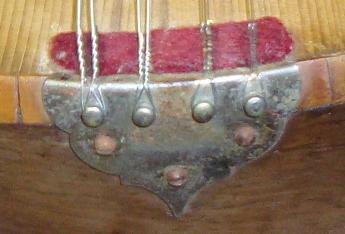
|
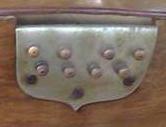
|
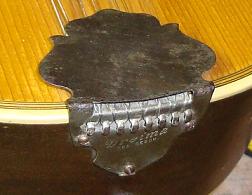
|
|
early 4 post tail
seen on earlier instruments, these tend to be rather large, and are set directly into the tail-block. This is often accompanied by a bone strip in the edging to stop the strings cutting into the tail. |
Italian-style 4-post tail
a visible development from the previous, the 4 posts are now on 1 plate which is screwed to the tail, usually without any sleeve-guard. |
Calace style tail
a development by Calace from the 4 post tail, the 8 post is usually seen with a wooden arm-guard across the tail of the instrument. Suzuki tails are the same, inspired by Calace's visit to Japan. |
German sleeve-guard tail
by contrast the German tail usually has a built-in sleeve guard and hooks to take the strings rather than posts. It may also have a strap post or hook. |
| There are quite a few variations on these basic themes.... | |||
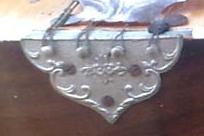
|
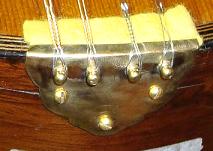
|
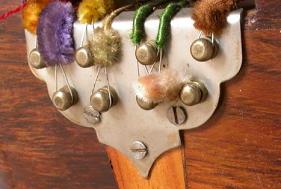
|
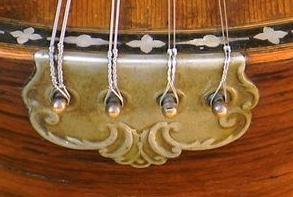
|
| Ornate Italian-style in aluminium | Brass Italian-style | 8 post Italian-style | ornate 4 post tail |
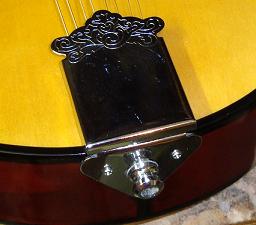
|
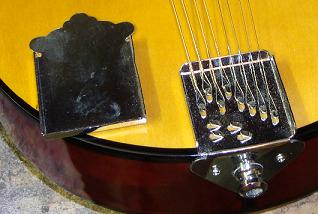
|
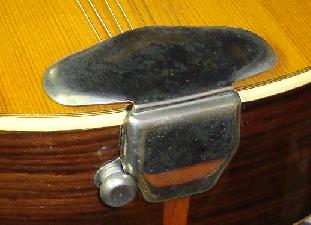
|
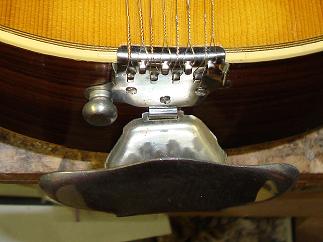
|
| modern tail with cover | ...and open. | hinged cover/integral strap post | ...and open. |
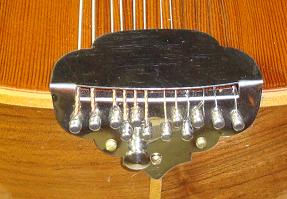
|
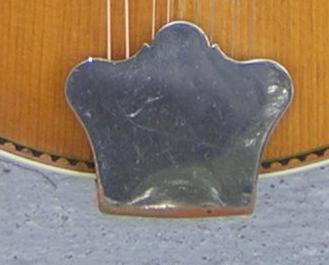
|
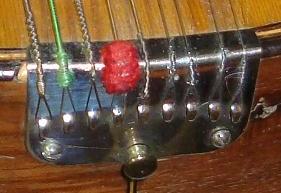
|
There are many variations on these basic types. |
| 12 string tail with sleeve-guard. | hinged cover on a US Washburn. | 9 string versions exist for the waldzither. | |
| New tailpieces are now available in many places, but if you need help, drop me a line on the Contacts Page. I do have a few old one period pieces. | |||